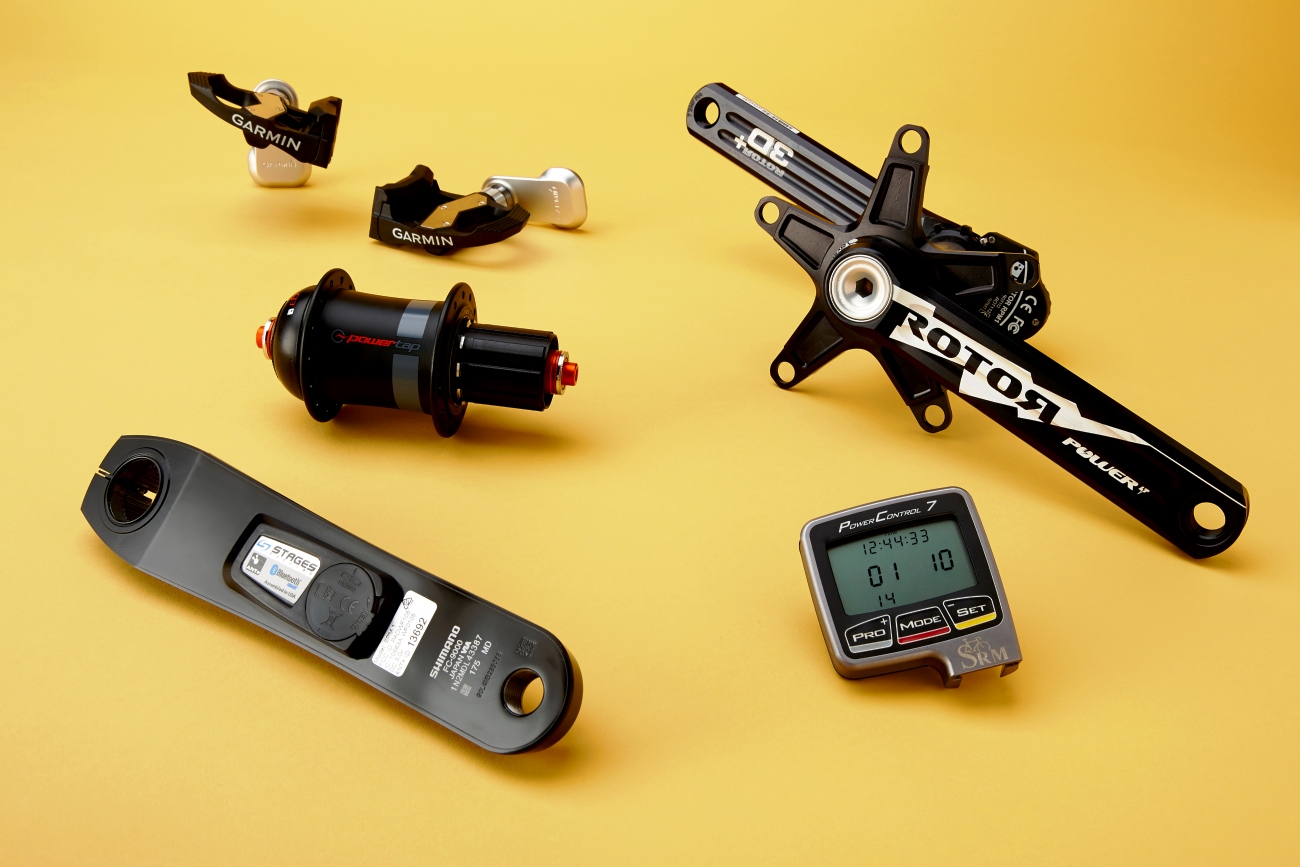Ride analysis
-
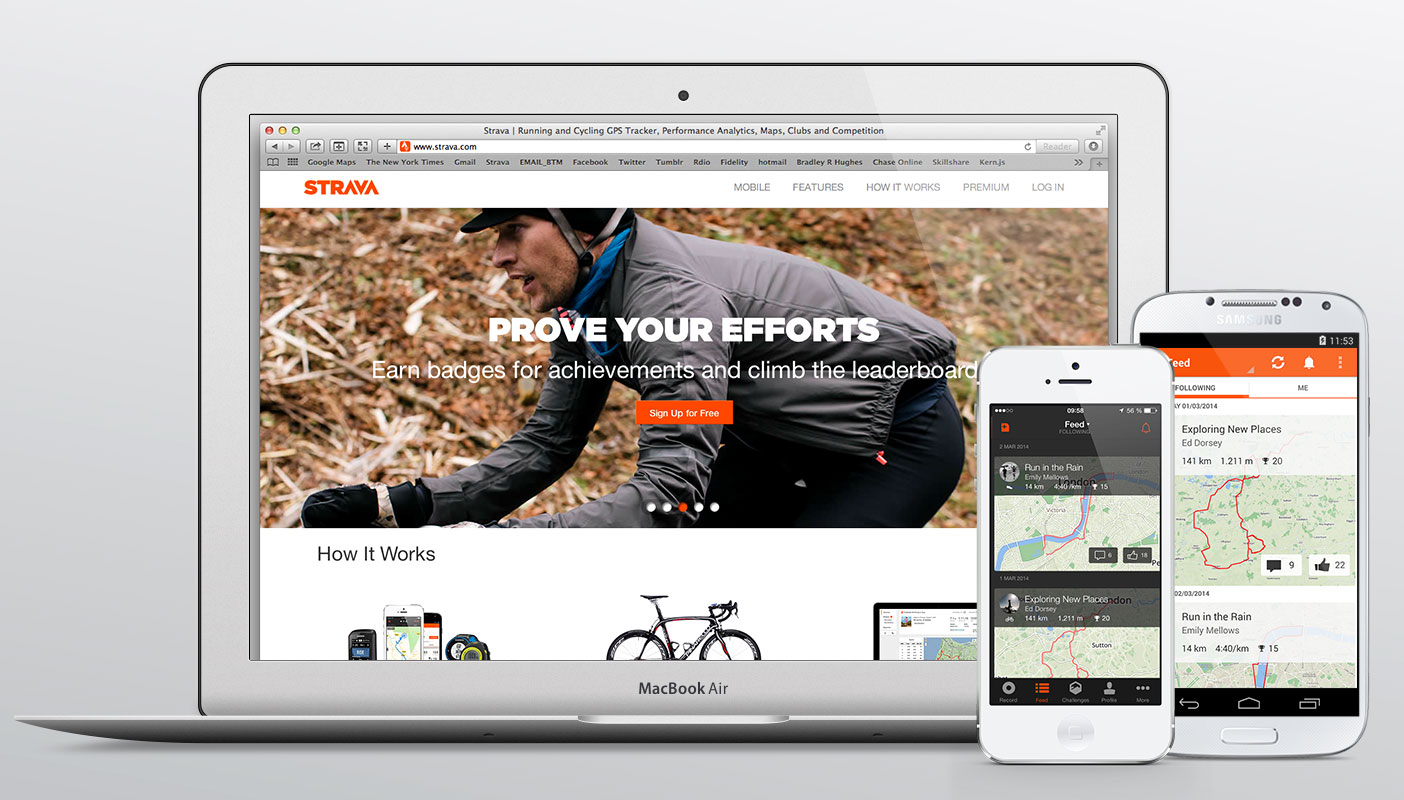
You can use Strava to guide, inform and motivate your winter riding (Pic: Strava)
-
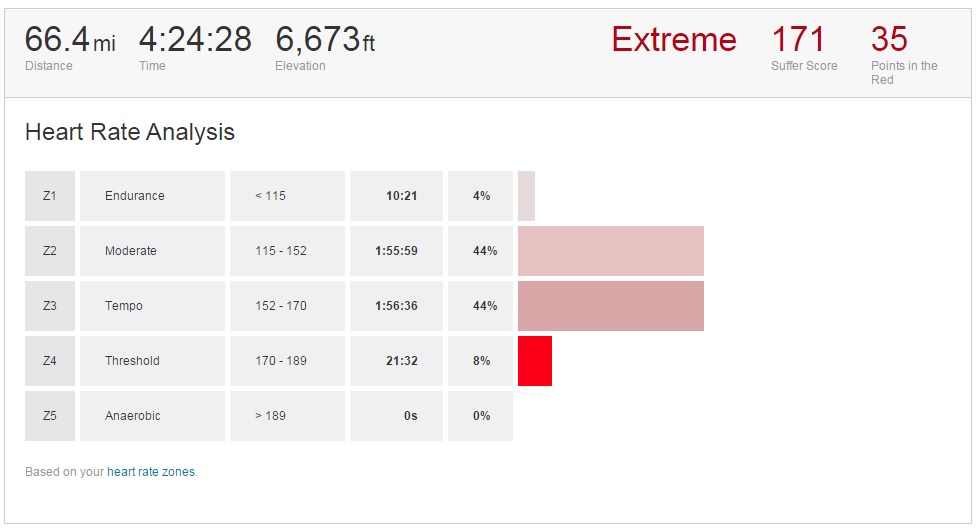
Strava can provide an exact breakdown of how long you spend in each training zone (Pic: Strava)
-
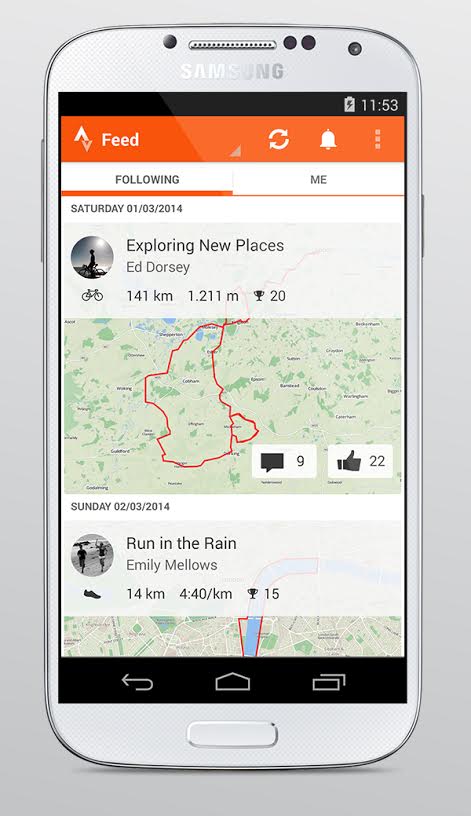
Explore new roads to boost winter motivation (Pic: Strava)
-
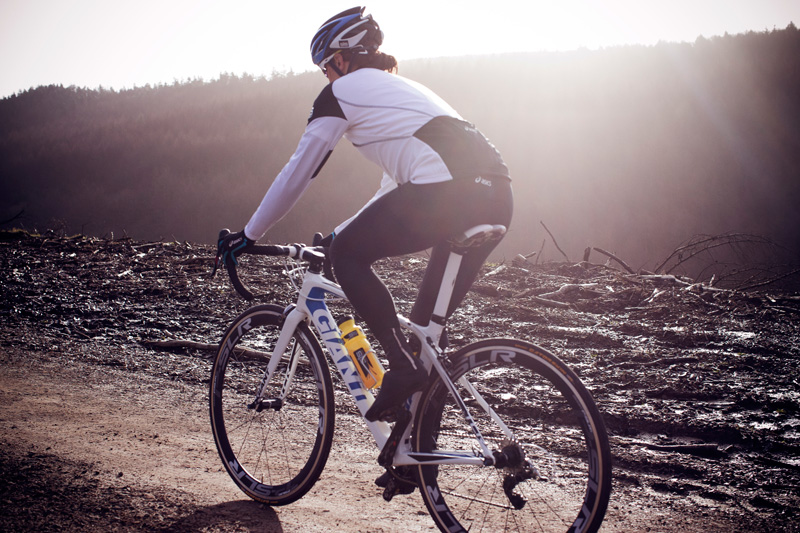
Fasted training means riding in a low carbohydrate state, normally in the morning before breakfast
-

No matter how good your kit is, you can't escape the suffering that comes from riding uphill in the heat (Pic: Strava)
-
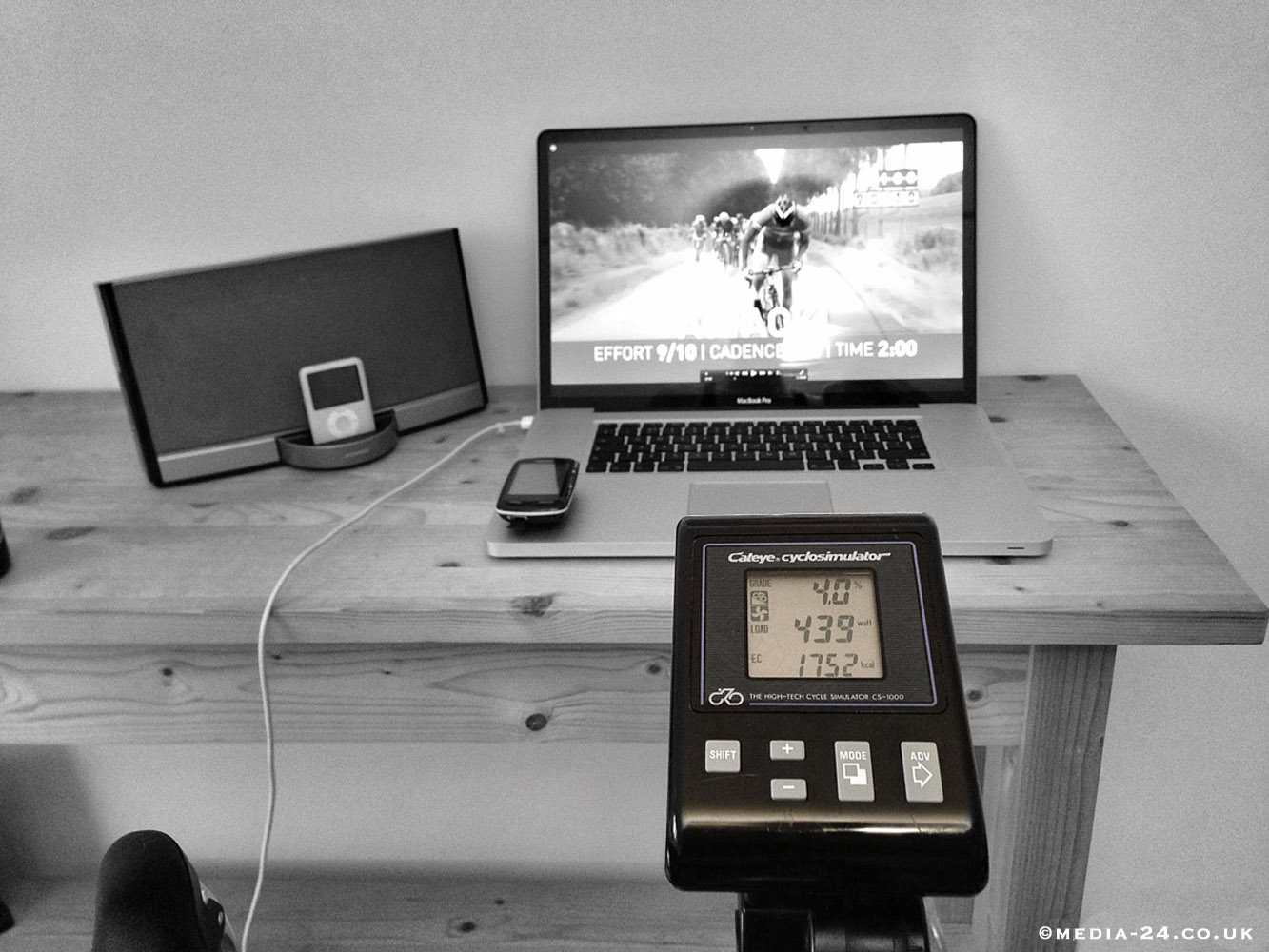
Three Sufferfest videos are available to stream for Strava premium users (Pic: Media 24)
Ride analysis
Upload a ride to Strava and in return you can view a wealth of data.
Strava logs each ride and you can view your accumulative training by week or month in the training log or calendar respectively.
Select an individual ride and sure, you have the basics like average speed, maximum speed, distance and time, as well as an overview of the route and the segments you hit, but delve a little deeper and you can start to analyse your ride to see where things went wrong, where things went right and what you can work on next time.
If you ride with a heart rate monitor or power meter, you can pin point your heart rate or power throughout the ride. If you went too hard at the start of a climb then that will be laid bare. The ‘effort comparison’ tool, meanwhile, allows you to compare your performance on a particular segment, whether that’s against one of your previous rides or other riders on the leaderboard, with second-by-second stats (speed, heart rate and power) – a useful feature if you want to see where you excelled, faded or can push on in future.
The most powerful in-depth analysis – and particularly pertinent to winter training – is available to premium users, however (Strava’s premium membership costs $6 a month or $59 a year and unlocks a number of features). The foundations for summer success, be it a season of sportives of busy racing schedule are laid in winter and many riders will be embarking on a period of base training and premium Strava users can analyse exactly how long they spent in each training zone.
If you use a Garmin Edge 510, 810 or 1000 then you can wirelessly upload your rides to Garmin’s online Connect platform, which you can in turn sync with Strava, ensuring you don’t have to plug in your device after every ride.

